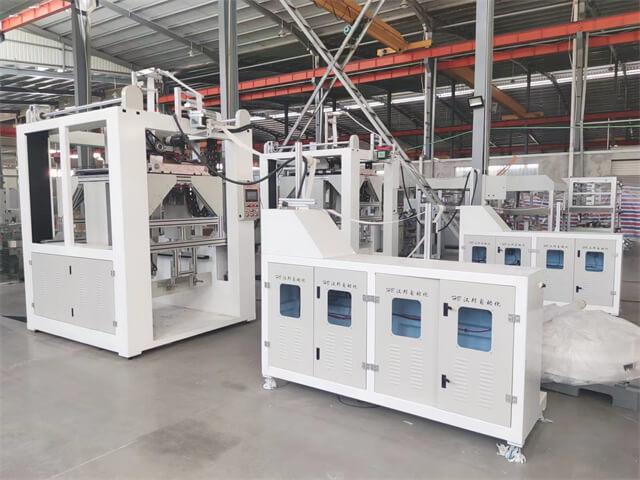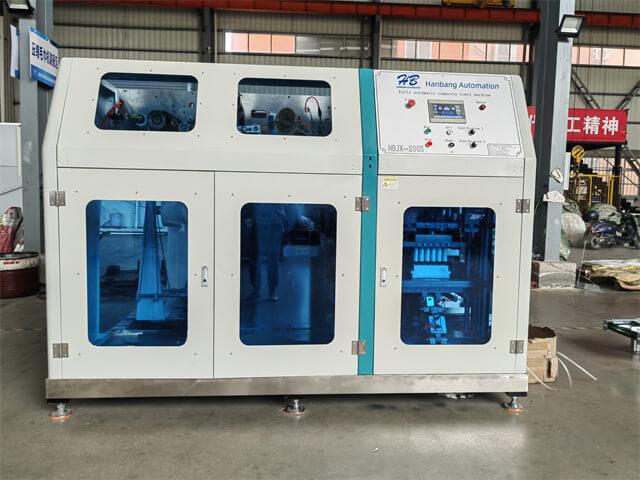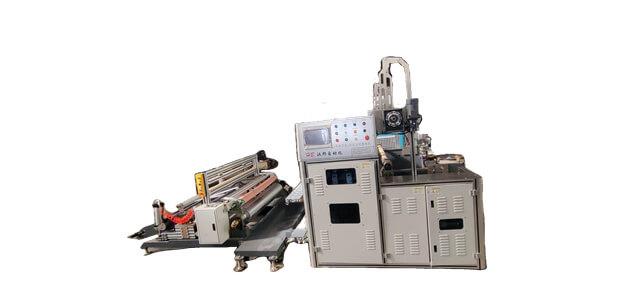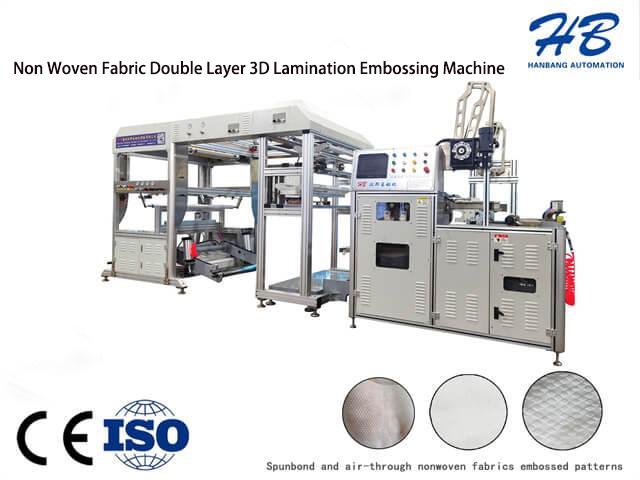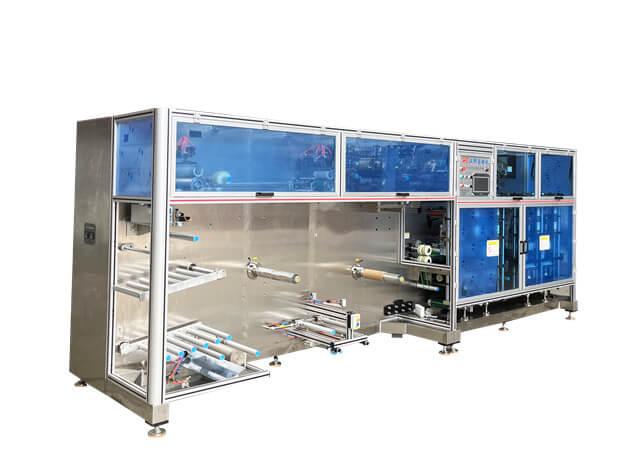Author:HB Nonwoven MachineryFROM:Compressed Towel Machine Manufacturer TIME:2023-11-28
Nonwoven fabric machines play a crucial role in the production of various products, including diapers and sanitary napkins. These machines are responsible for creating the nonwoven fabric that forms the core component of these essential hygiene products. To ensure the efficiency and longevity of a nonwoven fabric machine, proper maintenance and care are of utmost importance. In this article, we will explore the maintenance and care techniques that can help optimize the performance of a nonwoven fabric machine.
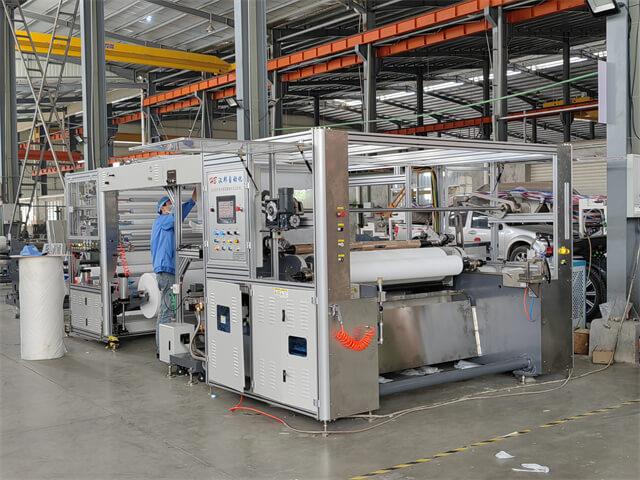
Regular cleaning and inspection are vital to keep a nonwoven fabric machine in optimal condition. Dust and debris can accumulate on the machine's components, leading to decreased performance or even breakdowns. It is recommended to establish a regular cleaning schedule to remove any dirt or particles from the machine. Additionally, conducting routine inspections allows operators to identify any potential issues before they escalate into major problems.
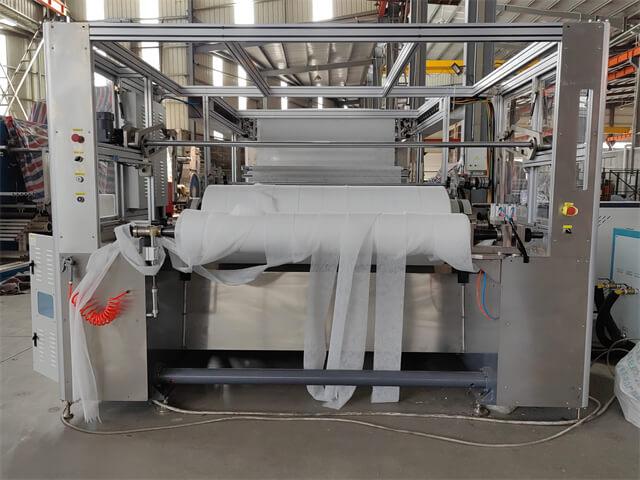
Lubrication is essential for ensuring smooth operation and reducing wear and tear on the machine's moving parts. Applying the appropriate lubricant to the machine's bearings, chains, and gears helps minimize friction and extend the lifespan of these components. It is important to follow the manufacturer's guidelines regarding the type and frequency of lubrication to prevent damage or malfunctions.
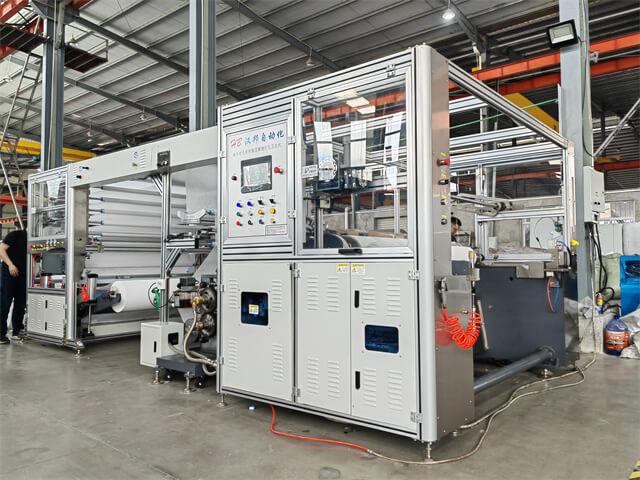
Proper calibration is crucial for maintaining the quality and consistency of the nonwoven fabric produced by the machine. Regularly calibrating the machine's settings, such as temperature and tension control, ensures that the fabric meets the desired specifications. This helps prevent defects and ensures that the final products meet the required standards.
Over time, certain parts of the nonwoven fabric machine may wear out or become damaged due to continuous use. It is important to regularly inspect the machine and identify any worn-out or faulty components. Timely replacement of these parts is essential to prevent further damage to the machine and ensure its optimal performance.
Proper training of machine operators is crucial for efficient and safe operation of the nonwoven fabric machine. Operators should be trained on the correct operating procedures, troubleshooting, and emergency protocols. Well-trained operators can identify and address minor issues promptly, reducing downtime and preventing potential damage to the machine.
Establishing a regular maintenance schedule is essential to keep track of all maintenance tasks and ensure they are executed in a timely manner. This schedule should include routine inspections, cleaning, lubrication, and calibration, as well as any other specific requirements outlined by the manufacturer. Adhering to a maintenance schedule helps prevent unexpected breakdowns and prolongs the lifespan of the machine.
Utilizing monitoring systems and analytics can provide valuable insights into the performance of a nonwoven fabric machine. These technologies can track and analyze various parameters, such as production speed, energy consumption, and quality control. By monitoring these metrics, operators can identify any deviations from normal operation and take corrective actions to optimize the machine's performance.
Building a strong relationship with the machine's suppliers can be beneficial for maintenance and care purposes. Suppliers can provide valuable guidance and support regarding maintenance practices, spare parts, and troubleshooting. Regular communication with suppliers can ensure that the machine is operated and maintained according to their recommendations, maximizing its efficiency and longevity.
Proper maintenance and care are essential for optimizing the performance and prolonging the lifespan of a nonwoven fabric machine used in the production of diapers and sanitary napkins. Regular cleaning, lubrication, calibration, and inspections are crucial to keeping the machine in optimal condition. Additionally, operator training, establishing a maintenance schedule, utilizing monitoring systems, and collaborating with suppliers are all important aspects of ensuring the machine operates efficiently and consistently. By implementing these maintenance and care techniques, manufacturers can maximize productivity and produce high-quality hygiene products effectively.
